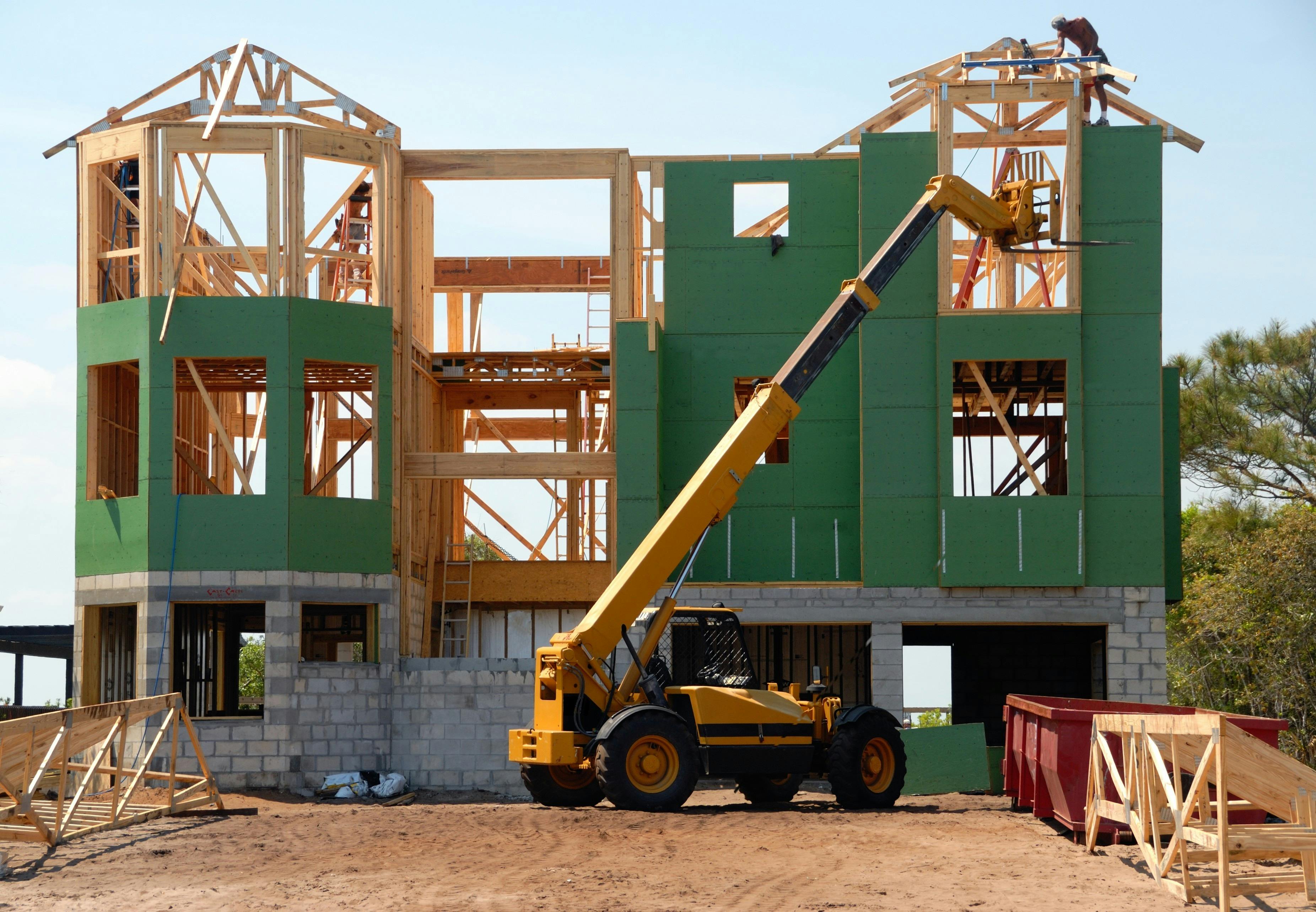New building codes change the industry:
The increasing demands of new building codes have significantly changed the window and door design pressure ratings required to replace windows, doors and sliding glass doors. This is especially true in wind prone areas like Florida. Design pressures are not only a major life-saving issue for the everyday homeowner, but are also critical for every high-rise condominium over 4 stories. What is the problem? As the elevations of a building increase, the design pressures increase dramatically.
In addition to elevation, window location (corner vs. center of building) can quadruple the effects of pressures. For safety reasons, all impact windows and doors for these applications must meet recently updated and enhanced structural design, air and water performance requirements. Many homeowners associations (HOAs), property management companies, and even window replacement companies are not familiar with the older codes, let alone the new ones. However, as many people do when something changes, some may find these new replacement window design pressures excessive. In reality, a hit from flying debris or winds from even a modest tropical storm can destroy your windows and compromise the integrity of your home.
design pressures:
The easiest way to explain the pressure of window design is to take a walk through downtown Chicago. Imagine walking down a street on a typical Chicago winter day. On almost any street you’ll encounter a certain amount of wind, but once you turn that corner, the flavors of the wind can literally knock you off your feet. Tropical storms and hurricanes are no different in their tastes of wind, dramatically exaggerating the pressure of the winds and their effects on building designs.
Similarly, when it comes to high-rise condominiums, the wind speed and pressure are even more pronounced due to the surrounding trees, buildings, and higher story elevations. Similar in effect to the wind passing over an airplane wing (Bernoulli’s Principle), these natural and man-made structures can generate negative air pressures that can lift or in this case suck windows and doors directly out of the wall. Can you imagine what could happen if you were behind a window that gets sucked in at 150mph? In some cases, the winds can reach a staggering 300 mph or more.
Choosing the correct window and door for the application:
For high-rise condominiums, single-hung windows, double-hung windows, casement windows, bay windows, and sliding glass doors are available that are designed to meet and, in most cases, exceed regional design pressure codes. and the county. It is important to note that all windows and doors are NOT the same. Finding a window dealer and installer who has experience dealing with design pressures is paramount. A reputable company can explain and help the owner choose the right window and door product for their particular application.
High Rise Condos:
Compliant window manufacturers have announced two major changes to the design pressure rating of double-hung windows. Approved double-hung window sizes now exceed a structural design pressure rating of 40, with most above a design pressure of 45, and many achieving a design pressure rating of 50. These improvements in performance were made possible by modifications to the tilt latch, which now pulls the sash more tightly toward the jamb. The end result for you, the homeowner, is a safer, quieter, and more energy efficient window.
Windows Impact:
Design pressure ratings on approved window lines, including bay, single-hung, double-hung, and transom window units, are also increasing. However, only about 10% of window and door products currently manufactured have been upgraded to meet increased design pressure ratings. To meet these higher design pressure ratings, windows and doors tested were required to meet three (3) specific sets of criteria related to air, water, and structural performance.
Air: The glass was required to show no evidence of air leakage around the weather stripping or corner joints when installed in a 25 mph wind tunnel.
Water: The unit must withstand eight inches of rain per hour, driven by 55 mph winds.
Structural: Unit must remain structurally sound under 142 mph wind pressure.
Find the right company:
This is where your real work will begin, as you will need to get a bit of an education. Finding a factory-trained, certified window installation company that has not only received specific training on design pressure requirements, but also knows how to install those windows and doors is key. Many companies say they can do the job, but few know how to do it right. Design pressure requirements can only be calculated using a “Structural Engineering” program. You can’t improvise. If the company you’re working with doesn’t have one, do yourself a favor, show them the door and move on.



